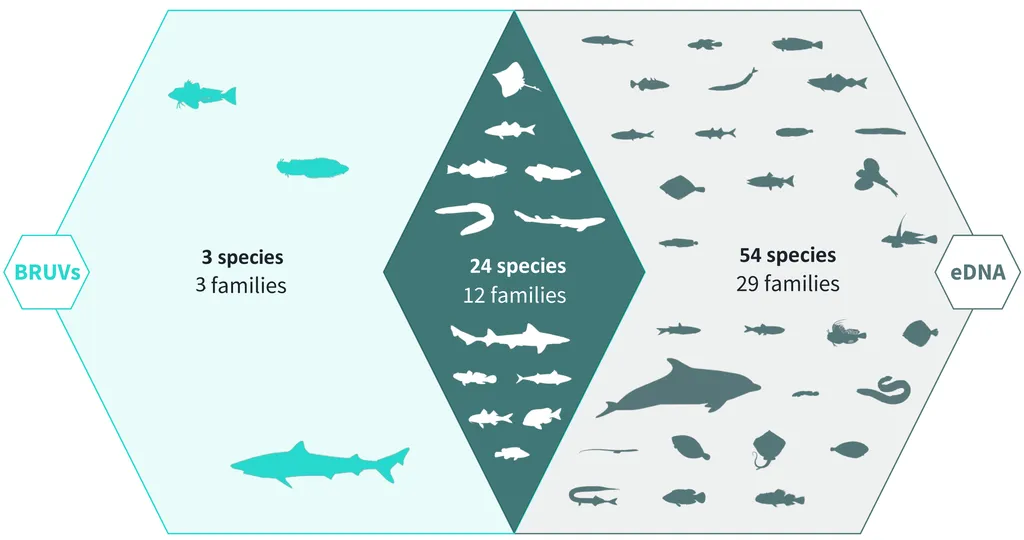The marine research world is grappling with a critical question: how do we monitor biodiversity efficiently, accurately, and without harming the very ecosystems we’re studying? Two methods—Baited Remote Underwater Video (BRUV) systems and environmental DNA (eDNA) metabarcoding—are emerging as front-runners, each with distinct strengths and limitations. The choice between them isn’t just academic; it’s shaping how we understand, protect, and manage our oceans.
BRUVs have been around for decades, evolving from simple baited cameras to sophisticated stereo systems that can measure fish size and habitat features. They’re non-invasive, cost-effective, and provide a permanent record of marine life. But they’re not perfect. Visibility issues in turbid water, overrepresentation of scavengers, and the labor-intensive task of analyzing footage are real challenges. Yet, their ability to provide relative measures of species richness and abundance in diverse habitats makes them a go-to for many researchers.
On the other hand, eDNA metabarcoding is a game-changer. It’s simple to collect—just a small water sample—and can identify multiple species simultaneously. It’s particularly useful for detecting elusive or invasive species and can paint a broader picture of biodiversity over time. However, it’s not without its quirks. Factors like tidal currents, UV strength, and water temperature can affect detection probability, leading to false positives or negatives. Plus, it doesn’t provide the behavioral insights that video footage does.
The debate isn’t about which method is better—it’s about which one fits the research question, the environment, and the resources available. For instance, BRUVs might be the way to go for studying fish behavior or size, while eDNA could be more suitable for detecting invasive species or assessing biodiversity in turbid waters.
The future might lie in combining both methods. Imagine deploying BRUVs to capture behavioral data and eDNA samplers to identify species. This hybrid approach could provide a more comprehensive understanding of marine ecosystems. It’s a more expensive and complex path, but one that could yield richer, more nuanced insights.
The choice of method isn’t just a technical decision—it’s a strategic one that shapes our understanding of marine biodiversity. As Clark notes in her paper, while the study was localized, the findings are applicable globally. The maritime industry, conservationists, and policymakers should take note. The tools we choose today will determine how well we protect our oceans tomorrow.

